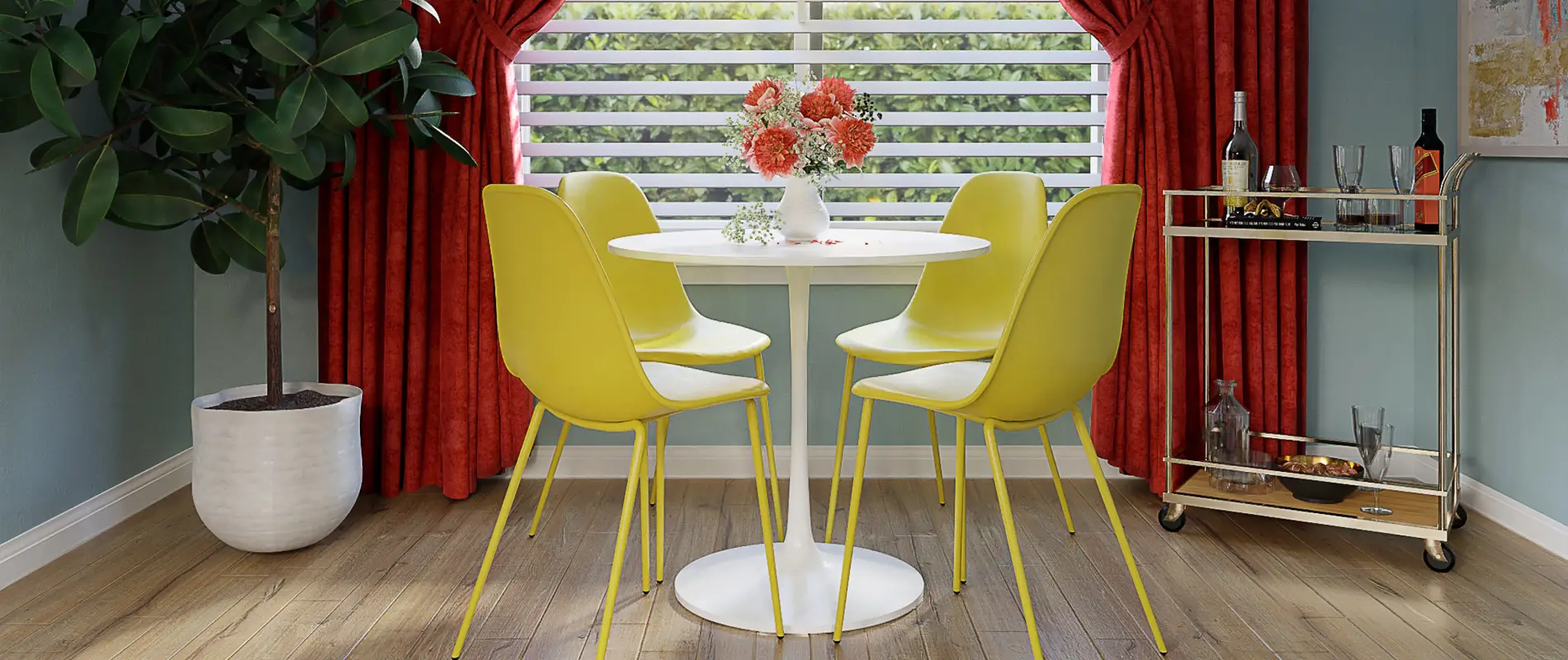Eye-catching footer block design for your WordPress site
Transform your WordPress website with a stunning footer that not only enhances aesthetics but also boosts user engagement! This innovative footer block design combines a clean, minimalist approach with a structured multi-column layout, perfect for creating a professional online presence.
Original design overview
The footer showcases a modern, multi-column layout that organizes information with clarity. The design features a prominent greeting, intriguing statistics, and easy navigation links, all crafted to guide visitors smoothly through your website.
Detailed analysis of the footer block design
Layout analysis
- Overall structure: Efficiently organized in a multi-column format for easy navigation.
- Rows and columns: The footer has two horizontal sections; the top section features a centered welcome message and key statistics, while the bottom section is divided into four action-driven columns for important links.
- Attention-grabbing elements: Large, bold statistics (56, 235, 68) immediately capture focus, breaking from traditional text-heavy designs.
Element and feature description
- Visible elements:
- Header: An inviting “Hello there” followed by an inspiring quote.
- Statistics: Eye-catching facts about your offerings (Suites, Miles of coast, Years of service).
- Navigation columns: Clearly labelled links for “About”, “Work”, “Call”, and “Address”, facilitating easy access.
- Interactive features:
- Functional links in the navigation sections, including “About” and “Work”, perfect for directing visitors to key information.
- Social media icons included at the bottom, enhancing interactivity and connection.
- Typography: The use of a modern sans-serif font with varied sizes ensures the greeting and statistics stand out, while navigation text remains readable.
- Icons and graphical elements: Strategic placement of social media icons lends both style and functionality, supporting user interaction.
- Image properties: The focus on typography and layout creates visual interest without the need for images.
Unique design aspects
- Distinct choices: The bold use of statistics creates an engaging focal point, setting your site apart from the competition.
- Potential hover effects: While specific animations aren’t detailed, intuitive hover effects can enhance usability for links.
- Responsive design: The adaptable column layout ensures optimal viewing on all screen sizes, enhancing user experience. You can explore more on making your site responsive with this responsive WordPress design guide.
- Accessibility: High contrast between text and background boosts readability, making information accessible to all users.
Overall design style
- Minimalistic and corporate: The style remains streamlined and professional, avoiding clutter for a sophisticated look.
- Visual hierarchy: A clear hierarchy directs the viewer’s attention from the greeting to the statistics and navigational links effectively.
- Effective use of white space: Ample white space between sections enhances clarity and balance in the design.
Use cases for the footer
Corporate website footer
For a corporate WordPress website design, the footer can include company contact information, an executive quote, and links to key areas like “Investor Relations” and “Careers”. By adding social media links, you create connectivity and engagement, crucial for maintaining a professional online presence. Ensure your footer aligns with your corporate branding for a seamless look!
Blog site footer
When designing a footer for a blog, you can include recent post links, a sign-up form for newsletters, and social sharing buttons. A “Popular Posts” section can keep readers engaged on your site. Including a brief “About the Author” blurb can add a personal touch, inviting readers to connect. This way, your footer serves as a mini-sidebar, complementing site navigation.
eCommerce store footer
Your eCommerce site footer is a powerhouse of customer information. Include shipping and return policies, payment method icons, and a customer service link. Links to your most popular categories or products can guide users smoothly around. By adding buttons for tracking orders or accessing wish lists, you enhance user engagement and uplift their shopping experience.
Non-profit website footer
Non-profit site footers should focus on mission reinforcement and support options. Include links to donation pages, event calendars, and volunteer opportunities. A contact form ensures stakeholders can easily reach out, while social media links can enhance your message’s reach. Using affirmative statistics about your impact can further draw visitors into your cause.
Portfolio website footer
For portfolio sites, footers can list service offerings, recent projects, and client testimonials. Including a contact link or form and social media handles is crucial for client outreach. Hyperlink your design awards or features to bolster credibility. This setup showcases your work and keeps potential clients engaged and inquisitive.
Educational website footer
An educational site needs a well-structured footer with links to key academic resources, publications, and upcoming events. Listing recently published research can foster intellectual curiosity among visitors. Providing links to admissions information or a campus map further enhances navigational ease. Social media icons can serve as gateways for broader academic engagement.
Community forum footer
Forum footers can contain guidelines, frequently asked questions, and user support links. This structure helps maintain community health by ensuring everyone has graceful support and clarity of rules. Adding links to “New Posts” and “Popular Topics” allows members to explore vibrant discussions. Encourage a thriving community by providing visibility into core forum elements.
Travel website footer
A travel site can design its footer with lush imagery and glistening links to popular destinations. Offering exchange rate charts, travel tips, and booking policy links empowers users to plan easily. Social media handles allow them to share their journeys broadly. This footer setup inspires travel bliss and turns clicks into adventures.
Fitness website footer
For fitness websites, footers can contain program offerings, trainer information, and a customer transformation gallery. Embedding success stories and user testimonials helps build trust. “Subscribe” links for health tips or workout plans can spur further user exploration while anchoring community connection. This engagement enlivens and energizes fitness enthusiasts.
Restaurant website footer
Restaurant site footers benefit from embedding menus, reservation links, contact information, and location. Including links to popular review platforms like Yelp aids credibility. Highlighting awards and user testimonials fosters trust while guiding new patrons through the door. A well-designed footer entices tastebuds and extends the dining experience beyond the plate.
Ways to use the footer
Navigational guide
Your website footer can serve as a primary navigational guide, surpassing merely being an afterthought. Incorporate clearly labelled links to essential pages like “Contact Us”, “Services”, “Privacy Policy”, or “FAQ”. This assists users in easily finding the information they need without scrolling back up, ensuring a seamless experience.
Branding enhancement
A footer is excellent for strengthening your brand identity. Including a brand logo, company slogan, or tagline can continuously resonate with the visitors tailored experience. This reinforces the brand message and creates strong brand awareness by having consistent design elements echo your vision throughout the site.
SEO optimization
Footer links can enhance your site’s SEO appeal. Including high-performing keywords for static sections like “About Us” or “Contact Us” can help search engines crawl content efficiently. Keep link titles relevant and concise to increase keyword density effectively across your website. These practices contribute to better search engine visibility.
Informational hub
Your footer can function as an essential information hub. Include contact numbers, support links, or legal disclaimers to provide immediate access to crucial information. This minimizes user frustration and aligns with website footer best practices by ensuring accessibility and convenience, thus improving user satisfaction significantly.
Interactive engagement
Boost engagement by utilizing footers designed to interact, like subscribing to newsletters, following social media channels, or leaving feedback. Embedding such features encourages the user to connect actively, creating a dynamic visitor-to-customer cycle. It amplifies interactivity, which is pivotal for a successful and vibrant online presence.
Frequently asked questions
What is a footer on a website?
A footer is a section at the bottom of a website that typically contains supplementary information such as contact details, links to crucial pages, copyright information, or site-specific navigation elements. It complements the header and often includes interactive features, providing users guidance and boosting engagement.
What is the size of a website footer?
The size of a website footer can vary significantly based on its content and design requirements. It typically spans the entire page width while maintaining a height that accommodates the necessary elements comfortably, like links and contact information, without overwhelming the user experience with a cluttered appearance.
What is the bottom of a website called?
The bottom of a website is called the footer. It serves as a consistent navigational and informational element across different webpages, often housing links to essential pages and containing branding information or interactive features conducive to driving user engagement and providing a seamless browsing experience.
How do I add a footer to my website?
To add a footer to your WordPress website design, access your WordPress admin panel. Under “Appearance”, navigate to “Widgets” or “Customization” and choose the footer option to include widgets or CSS for design. This feature allows you to personalise the footer’s content and style interactively.
What elements should be included in a website footer?
A website footer should include key elements such as contact information, links to essential pages (like “About Us” or “Privacy Policy”), social media icons, and copyright notices. Depending on the site’s nature, you may include navigation links, testimonials, or a subscription form for newsletters to foster engagement.
How can I make my website footer responsive?
To ensure your website footer is responsive, utilise CSS for flexible layouts that adjust based on screen size. Implement media queries for different breakpoints. Avoid fixed widths and ensure navigation links are adequately spaced for touch devices. Testing across various devices ensures a seamless user experience.
What are some best practices for footer design?
Effective footer design respects simplicity and structure. Key best practices include maintaining consistency, using readable typography, ensuring easy navigation, and integrating social connectivity through icons. A well-proportioned and responsive design balances content accessibility and visual space, elevating user experience and footer functionality.
How can I customise my WordPress footer without coding?
Customise your WordPress footer without coding through your theme’s customiser interface. Access “Appearance” > “Widgets” to add or adjust footer elements like text widgets, custom menus, or icons. Leverage available themes focusing on intuitive customisation tools for personalising the footer’s look and content effectively.



